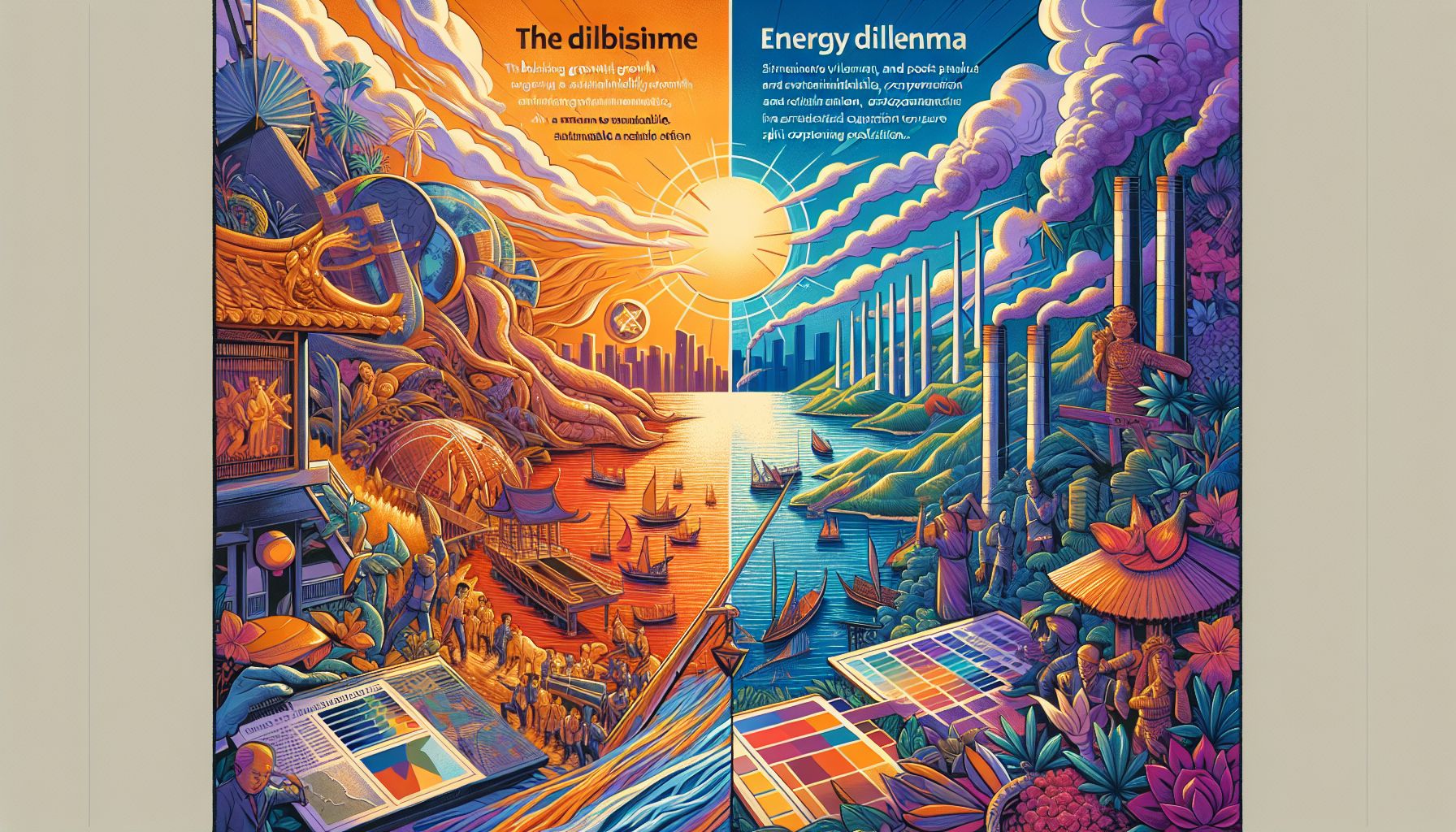ASEAN's Energy Dilemma: Balancing Growth with Sustainability

Amsterdam, Wednesday, 23 October 2024.
ASEAN faces a critical challenge in meeting rising energy demands while transitioning to renewable sources. Secretary-General Dr Kao Kim Hourn emphasizes the need for significant investment, regional cooperation, and strategic planning to ensure sustainable and affordable energy solutions for all member states.
Investment and Cooperation: The Pillars of Transition
The ASEAN region, comprising ten dynamic Southeast Asian nations, is at a pivotal juncture as it grapples with burgeoning energy demands. As articulated by ASEAN Secretary-General Dr. Kao Kim Hourn, the path forward requires not only substantial investment but also unprecedented cooperation among member states. This approach is vital to transitioning from traditional energy sources to more sustainable alternatives. The essence of this transition lies in upgrading infrastructure, particularly power grids, to enhance both the affordability and sustainability of energy. Dr. Kao’s remarks underscore the urgency of these efforts, highlighting that energy security and environmental sustainability must go hand in hand to meet the future needs of the region.
Regional and Global Partnerships
Central to ASEAN’s renewable energy strategy is the development of homegrown solutions, complemented by strategic alliances with global entities. The International Energy Agency’s (IEA) decision to open a regional office in Singapore exemplifies such collaboration. This move, aligned with the Singapore International Energy Week 2024, aims to bolster ASEAN’s capacity to manage its energy transitions effectively. The IEA’s involvement will provide crucial insights and support for Southeast Asia’s energy policies, ensuring they are aligned with global climate goals, such as tripling renewable capacity by 2030 and enhancing energy efficiency[1].
Challenges and Opportunities Ahead
Despite the optimism surrounding these initiatives, Dr. Kao acknowledges significant hurdles remain. Affordability and self-reliance are central themes in the discourse on energy transition. The need for ASEAN to diversify its energy mix is paramount, ensuring that renewable energy sources are not only sustainable but also reliable. This challenge is compounded by the requirement to meet the ambitious energy intensity reduction targets outlined in the ASEAN Plan of Action for Energy Cooperation (APAEC) 2016-2025, which strives for a 32% reduction by 2025[2]. As the region navigates these challenges, the focus remains on fostering an integrated energy market that supports economic growth while prioritizing environmental responsibility.
The Roadmap to a Sustainable Future
ASEAN’s journey towards a sustainable energy future is a complex yet achievable endeavor. It requires not only the political will of its leaders but also the active participation of the private sector and civil society. The ongoing efforts to establish Minimum Energy Performance Standards (MEPS) for lighting appliances across member states exemplify the region’s commitment to energy efficiency. These standards, endorsed by the ASEAN Ministers of Energy Meeting, are crucial in setting the stage for a broader transition to renewable energy[3]. As ASEAN evolves, its ability to balance economic growth with environmental stewardship will serve as a model for other regions navigating similar challenges.

